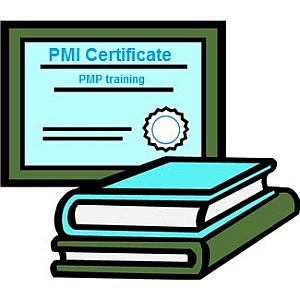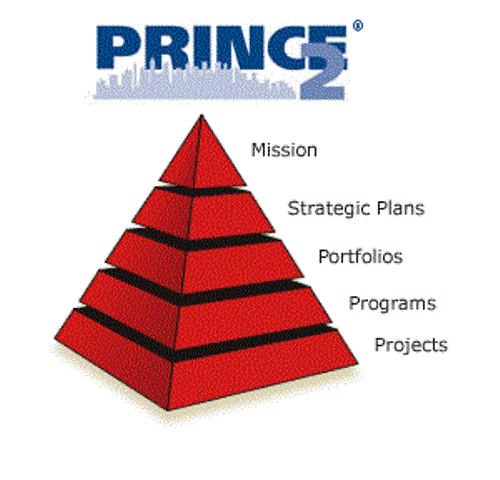The process of managing stakeholders is an activity of communicating with stakeholders and managing their expectations and concerns for the purpose of meeting the stakeholder needs, addressing issues, resolving conflict situations, and achieving the project goals. The process is generally based on holding communications and taking change requests to gather feedback and make updates to project documentation.
An effective stakeholder management process is the guarantee that timely and relevant feedback is provided and that the steering of the change effort is made according to the stakeholder management strategy. The project manager takes responsibility for managing stakeholder expectations, resolving conflicts and detecting and settling any issues arising during the project course. In general, the process of managing stakeholders is comprised of the following key elements:
- Managing stakeholder expectations: when expectations of the stakeholders are actively managed, the project gets a higher likelihood for success. The project manager should continuously negotiate and influence desires of the stakeholders to achieve strict conformity of project goals and expectations and maintain the project management effort.
- Managing stakeholder perception: it is important to the project success to ensure that the stakeholders are engaged with the project on a scheduled basis and they are aware of current status of the project work. High-level stakeholder perception increases the likelihood that the stakeholders provide the necessary support level and the project can be implemented as expected.
- Recording stakeholder activity: the project manager is ultimately responsible for recording and logging all the activities stakeholders undertake. Therefore, the project manager should formally track all interactions with stakeholders and between them and then make records of the results the project has achieved, in order to secure stakeholder acceptance and the project communications plan adherence.
- Solving problems and resolving conflicts: The project manager in cooperation with the conflict manager should address the stakeholders concerns and assess risks and threats to prevent issues and conflicts. The project manager may generate solutions by referring to change requests.
An understanding of the managing stakeholders process elements allows the project manager to engage with the project stakeholder expectations and needs and to generate actions plans to be used when conflicts are arisen and issues are appeared. The project manager can use the following to analyze conflicts and issues and manage the stakeholders at both the individual level and the group level:
- Issue logs. An issue log is an analyzing tool that lets document resolutions of the issues detected. It is a document that has a strict structure comprising of categories that let place each particular issue in the respective category (issue group). The project manager uses issue logs to ensure the right understanding of the project by each stakeholder and to maintain constructive working interactions between all the stakeholders, including the project team members.
- Change Logs. A change log is a tool that lets document all changes occurred during the course of a project. The project manager uses change logs to record the project changes and their impact the project goals and deliverables. A change log may include records on changes to risks, uncertainties, costs, budgets, and it should be communicated to the project stakeholders.
The process of managing and engaging stakeholders may result in developing a change request to the project deliverables. It may also cause changes to the stakeholder management strategy and the stakeholder register. The managing stakeholders process allows reviewing and modifying the stakeholder benefits identified at previous stages of the project life-cycle. Then the communications management plan would be changed and appropriate remedial measures and actions plans would be added.
- Identifying project stakeholders
- Planning communications and distributing information
- Managing stakeholder expectations
- Reporting communication performance











